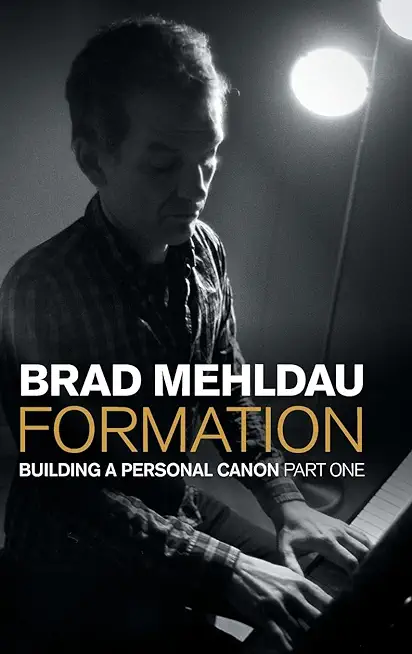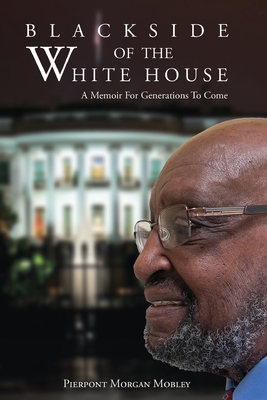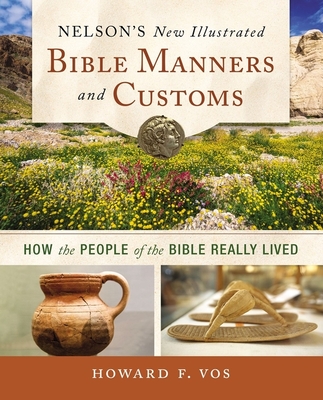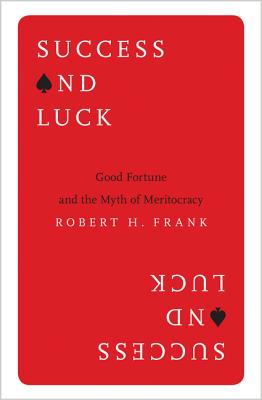
The book creates a vibrantly written portrait of the jazz world in New York in the late 1980s and early 1990s, showing how a generation of musicians met and sparked off one another to take the music in new directions, drawing on a wealth of influences but also keeping sight of tradition, including those rooted in both the jazz and classical worlds. The atmosphere of the clubs, the creative scene in Manhattan and Brooklyn, and Brad's early experiences of touring are brilliantly brought to life. The formation of the MoodSwing quartet with Joshua Redman is described, as is the growth of Brad's own groups, leading to his acclaimed Art of the Trio series of recordings with bassist Larry Grenadier and drummer Jorge Rossy. Also covered is the trio's later life with Jeff Ballard joining in place of Rossy, along with Brad's solo ventures and his explorations of other areas of music.
Brad's period of addiction - both his painful decline and ultimate redemption - makes for compelling and often distressing reading. Yet, throughout the book, his own reading and listening are a constant frame of reference and often inspiration, from the works of James Joyce and Thomas Mann to the sounds of prog rock and Bob Dylan, not to mention critics such as Harold Bloom and Terry Eagleton. The book can be read as a Bildungsroman, but this coming-of-age is no novel: it is vividly lived personal experience.
Intimate, vulnerable, and profound, Formation is a rare look inside the mind of an artist at the top of his field, in his own words.







